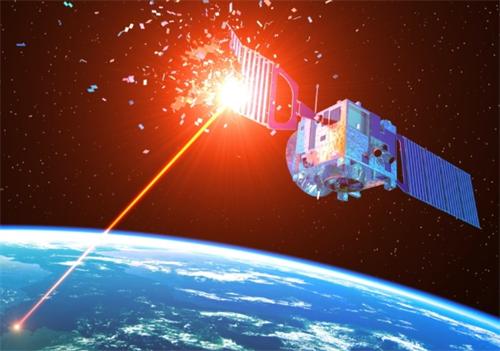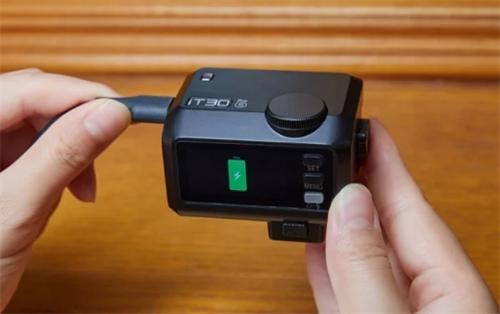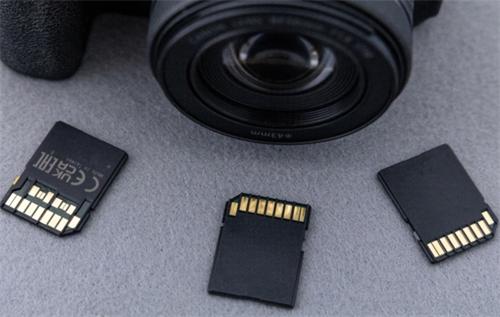Laser Technology: The Ultimate Solution to the Space Debris Crisis?

On March 10, 2021, a weather satellite operated by the U.S. National Oceanic and Atmospheric Administration suddenly exploded in low Earth orbit, less than 2,000 kilometers above the Earth’s surface. The explosion generated 16 high-speed debris fragments. These fragments, however, are just the tip of the iceberg—there are currently hundreds of millions of pieces of space debris orbiting the Earth, ranging from defunct satellites and rocket remnants to millimeter-sized particles. With the rapid deployment of satellite constellations like SpaceX’s Starlink, low Earth orbit is becoming increasingly crowded, and the space debris problem has become urgent.
Space Debris: The Invisible Orbital Killer
A fragment just 1 centimeter in size, traveling at orbital speeds of about 7.8 kilometers per second, can release energy comparable to a grenade explosion on Earth. Bigger fragments can cause the total destruction of satellites or space stations worth hundreds of millionsWorse still, when two sizable pieces of space junk collide, they can shatter into thousands of fragments, initiating what's known as the 'Kessler Syndrome.
According to a 2021 report from NASA, 95% of objects in low Earth orbit are space debris. These uncontrolled fragments not only occupy valuable orbital real estate but also pose a constant threat to active spacecraft and astronauts. The International Space Station, for example, must perform several collision-avoidance maneuvers each year to dodge known debris.
Laser Technology: From Sci-Fi to Reality
In response to this challenge, scientists around the world have proposed various solutions. Among the most promising is laser technology. Unlike traditional mechanical capture methods, laser-based debris removal offers notable advantages such as remote operation, high efficiency, and reusability. The core principle involves directing high-energy laser beams at debris, vaporizing surface materials to generate a plasma plume. The resulting recoil effect alters the debris’s trajectory.
NASA’s Cost and Benefit Analysis of Orbital Debris Remediation report highlights lasers as the most promising current solution. The report recommends two strategies: using low-power lasers to “nudge” large debris away from potential collisions, and high-power lasers to “ablate” small fragments, causing them to reenter the atmosphere and burn up.
Encouragingly, the laser power needed for debris removal is only a thousandth of that required for anti-satellite weapons. Common ground-based lasers with power levels of 10–40 watts are sufficient for most tasks, significantly lowering technical barriers. Japanese startup EX-Fusion is developing a large-scale, ground-based laser system and plans to collaborate with Australia’s EOS Space to deploy a prototype at the Canberra Observatory.
Technical Breakthroughs and Commercial Potential:
Laser-based debris removal faces two major technical hurdles: precise tracking and sufficient power. EX-Fusion is addressing these challenges using diode-pumped solid-state (DPSS) laser technology, originally developed for nuclear fusion research. Rather than destroying debris with heat, this laser applies pressure via ultrashort pulses.
From a business standpoint, the market potential for space debris removal is enormous. Estimates suggest that debris mitigation services alone could exceed $100 million annually. Japanese company Astroscale has already begun offering removal services for large debris, while firms like Sky Perfect JSAT are developing space-based laser systems. EX-Fusion’s competitive edge lies in its ground-based approach, which avoids the high costs of space deployment and allows easier maintenance and upgrades.
Balancing Policy and Security:
The military sensitivity of laser technology cannot be ignored. EOS Space Executive Vice President James Bennett emphasized that “the DPSS lasers used for debris removal are fundamentally different from weapon-grade lasers.” The international community must establish regulatory frameworks that ensure space safety while encouraging the development of laser-based debris mitigation technologies.
NASA recommends gathering feedback from the global space community to develop unified policy standards. This includes clarifying ownership of debris, defining rules for commercial operations, and creating mechanisms for international cooperation. Only through comprehensive legal frameworks can this technology truly benefit humanity.
Lasers provide a novel and highly effective means of addressing the space debris crisis.With breakthroughs from companies like EX-Fusion, mature commercial services may emerge within the next five to ten years.
Recommended for you:








